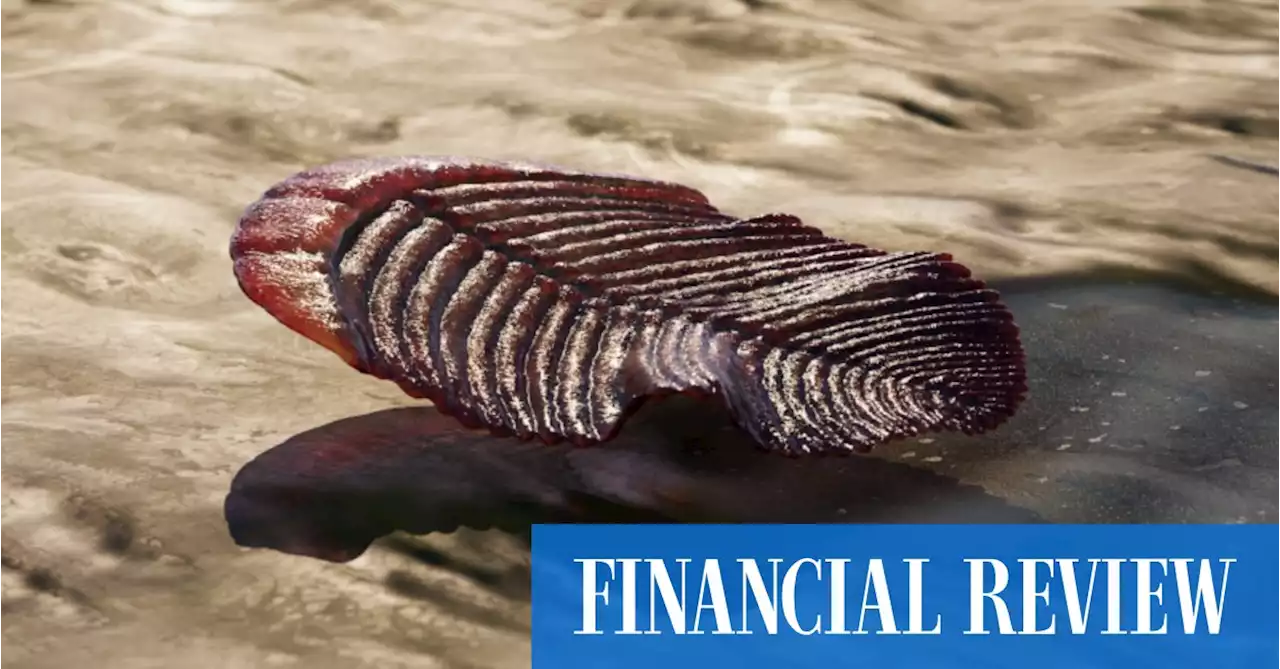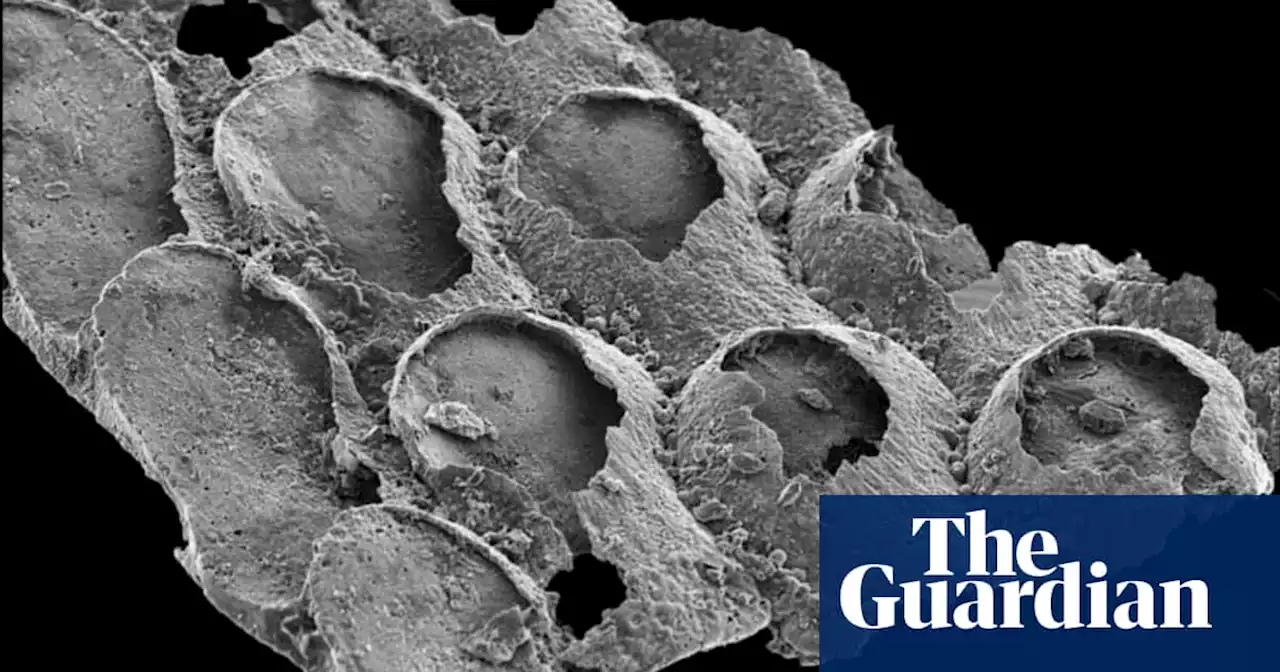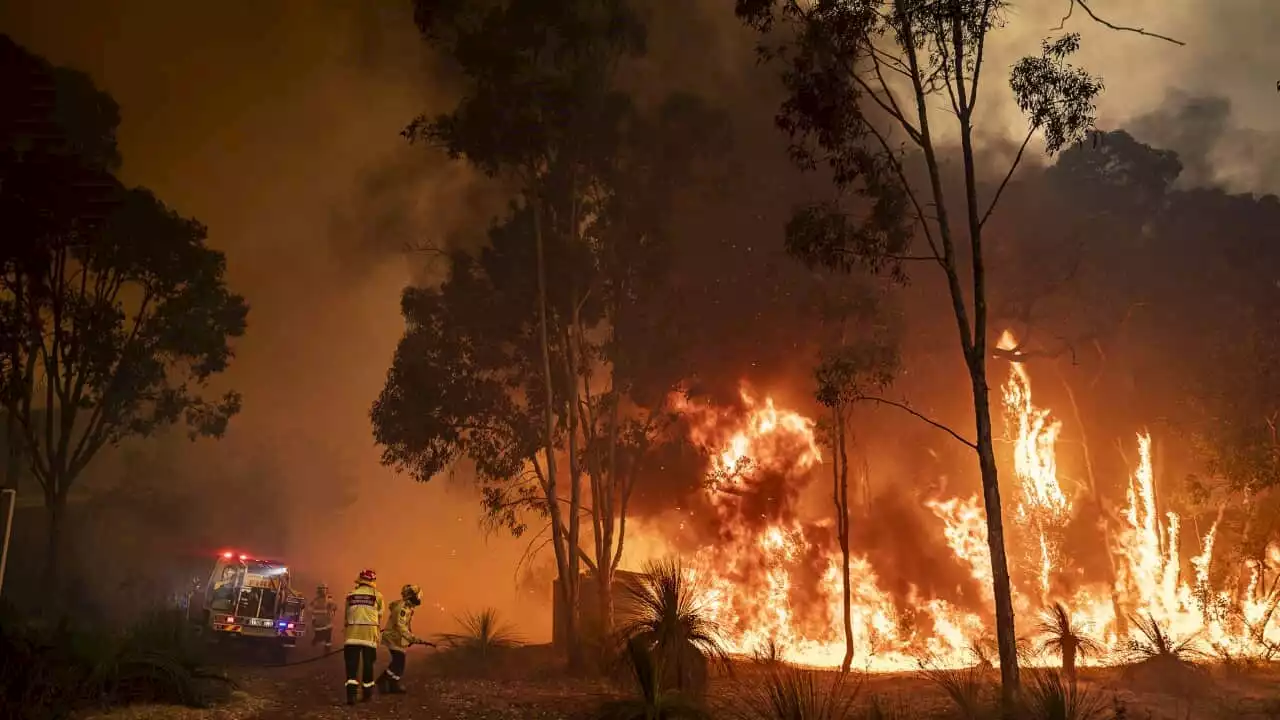Study shows why island-dwelling big animals that have downsized and tiny animals that have upsized tend to go extinct
Islands foster unique evolutionary dynamics. For large-bodied species, there is evolutionary pressure to get smaller because of limits to habitat area and food resources compared to the mainland.
Some endangered island species today include: the dwarf buffalo Tamaraw on the Philippine island of Mindoro, 21 per cent the size of its closest mainland relative; the spotted deer of the Philippine Visayan islands of Panay and Negros, 26 per cent the size of its closest mainland relative; and Jamaica's hutia, a rodent four and a half times bigger than its closest mainland relative.
It once was home to a dwarf elephant relative, giant rats and a giant stork, as well as a dwarf human species —The Hobbit disappeared about 50,000 years ago, shortly after our species,Flores man ... a model of a skull from the newly found species of hobbit-sized humans that lived about 18,000 years ago in Indonesia.
Malaysia Latest News, Malaysia Headlines
Similar News:You can also read news stories similar to this one that we have collected from other news sources.
 Up close and personal with the very first life that moved on EarthThe Australian technology studio Sandpit is breathing life into everything from 500-million-year-old fossils to an Adelaide festival show and Shakespeare’s home.
Up close and personal with the very first life that moved on EarthThe Australian technology studio Sandpit is breathing life into everything from 500-million-year-old fossils to an Adelaide festival show and Shakespeare’s home.
Read more »
 Legally binding global treaty needed to tackle space debris, say expertsScientists call for collective effort to protect Earth’s orbit from dangers posed by space junk
Legally binding global treaty needed to tackle space debris, say expertsScientists call for collective effort to protect Earth’s orbit from dangers posed by space junk
Read more »
 Half of Britain and Ireland’s native plants have declined over 20 years – studyNon-native species are now more numerous in wild – with implications for native insects
Half of Britain and Ireland’s native plants have declined over 20 years – studyNon-native species are now more numerous in wild – with implications for native insects
Read more »
 Smoke from Australian bushfires depleted ozone layer by up to 5% in 2020, study findsLead researcher says destruction was similar to process of Antarctic ozone hole forming each spring ‘but at much warmer temperatures’
Smoke from Australian bushfires depleted ozone layer by up to 5% in 2020, study findsLead researcher says destruction was similar to process of Antarctic ozone hole forming each spring ‘but at much warmer temperatures’
Read more »
 Fossils thought to be ancient marine creatures may be later seaweed, study findsNew twist in debate over whether bryozoans cropped up during Cambrian explosion or later
Fossils thought to be ancient marine creatures may be later seaweed, study findsNew twist in debate over whether bryozoans cropped up during Cambrian explosion or later
Read more »
 Australia's Black Summer bushfires increased Antarctic ozone hole, study saysBushfires during 2019-20 caused a chemical reaction that increased ozone depletion, according to a new study published in the journal Nature.
Australia's Black Summer bushfires increased Antarctic ozone hole, study saysBushfires during 2019-20 caused a chemical reaction that increased ozone depletion, according to a new study published in the journal Nature.
Read more »
